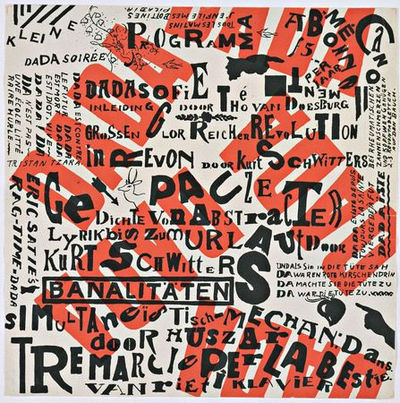Chapter 11: Non-Destructive Editing
Download Materials for Chapter 11
Click here to download chapter 11 work files
You will need the download file to work with in all four exercises.
Original File Source: http://commons.wikimedia.org/wiki/Image:Salvador_Dali_NYWTS.jpg
Screencasts
This screencast combines elements of Chapter 6 (the Pen tool) with elements of Chapter 11 (layer masks). It does not correspond specifically with materials in this chapter, but it is related. Students have provided feedback that it is helpful to see these complex tools in action.
Non-Destructive Editing
In Chapter 9 we referred to Hippolyte Bayard’s Self Portrait as a Drowned Man from 1840 as the first combination print. The history of photographic manipulation extends almost as far back as the first photographic images. Digital tools such as Photoshop are used for small and large image manipulations, such as the slightest adjustment to tonal range or the creation of an alternative reality.
In certain situations, the digital artist must be ethically aware of the manipulation that occurs in such applications. The National Press Photographers Association maintains a code of ethics that journalism students and professionals should abide. Journalists and news photographers strive for accuracy in their image-based reporting. There are historical cases of digital manipulation which are often used to illustrate a violation of the NPPA code of ethics (see the National Geographic 1982 cover image of the pyramids).
For the purpose of art-making, editorial or opinionated commentary, manipulation can be used to challenge the viewer’s expectations. An image can be reinterpreted as it relates to other images within a composition through the modification of scale or proximity. The visual reference to Philippe Halsmann’s Dali Atomicus demonstrates a manipulation of reality, or the laws of physics, made with a 4 by 5 camera in his studio. This image was captured after “six hours and twenty-eight throws,” wrote Halsman in Halsman on the Creation of Photographic Ideas (1963).
The visual reference to Dada artist Kurt Schwitters’ Dada Soiree demonstrates that typography can also be manipulated in the construction of a collage. While neither of these visual works were created in a digital environment (both were made before the advent of digital tools), alternate realities and manipulations are often created with computer software. Within the exercises of this chapter, we will focus not only on manipulating an image, but also on working in a non-destructive method. To edit the digital file non-destructively is to work in such a way that the original image is preserved. Any edits or modifications to the original file are placed on separate layers or in alpha channels, which we will explore further in exercise 2. As we have seen in previous chapters, non-destructive editing also involves the use of layer masks and adjustment layers.
Visual References



